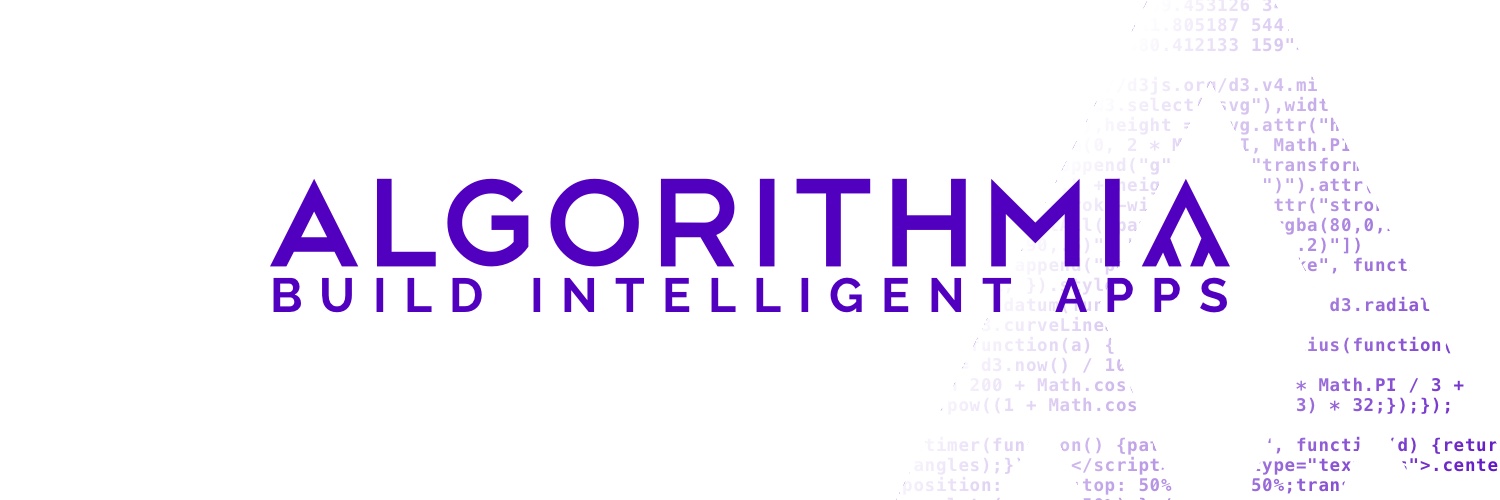At Madrona, we like to invest in the best entrepreneurs in the Pacific NW attacking the biggest technology markets in the world. Beyond this, we love when we find a founding team that understands and is addressing an acute customer pain point in a way that aligns with our key investment themes. Few times in the last decade have we found a company and a team that meets all of these criteria better than Saykara.
Madrona led the Series Seed in Saykara in 2016, and we are excited for the company to now emerge from stealth mode. Saykara provides an AI-powered, voice-activated virtual scribe for physicians. Think of it as an Alexa for doctors. Thematically, this aligns very well with several of our key investment themes: (1) voice and natural language as a key UI for applications and (2) ML/AI applied to vertical markets.
From a customer perspective, we talked to many physicians and health systems during due diligence and the pain point they have with laboriously filling out the electronic health record (EHR) is incredibly high. Physicians today face a dilemma: (a) type away in the EMR during an exam and thus disrupt and de-personalize the physician-patient interaction or (b) spend hours at night dictating or entering information and losing control of their personal lives. Health systems also have a dilemma. They can provide an in-person (human) scribe who follows the physician around and enters notes into the EHR, but this is generally cost prohibitive for all but the highest revenue generating physicians and specialties.
Creating further pressure for health systems, offering human scribes is becoming a competitive factor in determining which health system a physician decides to join or stay. Nevertheless, most physicians still use the old-fashioned approach of after-hours dictation, an $18B market. Not only is this time-consuming, the resulting EHR entry is the equivalent of an appended Word document – unstructured data that is difficult to search and analyze. There are other newer options using specialized equipment such as Google Glass for capturing the full recording audio/video of the patient visit, which is transcribed overseas. This is also an expensive option, and typically results with output data that has similar challenges to traditional transcription. The end result for health systems is not only overworked and frustrated physicians, but an EMR that is insufficiently populated and lacking in structured data that enables the type of patient-outcome improving and cost-saving analytics that were the original promise of the EMR.
Despite this searing pain point, this problem is a tough nut to crack. The technology is non-trivial, to say the least, and healthcare can be a difficult industry. It takes founders and a team who know both the tech and the market intimately. Co-founders Harjinder Sandhu (CEO) and Kulmeet Singh (board member) fit this bill perfectly. Harjinder and Kulmeet are pioneers in this space, founding the first automated medical transcription company (MedRemote) acquired by Nuance. From getting into the business with MedRemote, Nuance Healthcare has grown into a multi-hundred-billion-dollar business, and Harjinder was the VP/Chief Technologist of R&D for 5 years. Earlier in his career, Harjinder was a CS professor at York specializing in distributed computing.
Not only do we love the problem space and founding team, we think Saykara is building a better mousetrap underpinned with AI and ML technologies that are tuned just for this market. Saykara uses a Siri- or Alexa-like hotword (“OK Kara”) or physical tap on their smartphone to start and stop voice capture. The physician can then talk to the patient as they normally would. The Saykara system accurately transcribes the audio to text, parses the information into structured data, and intelligently inserts the structured data into the correct fields in the EHR. They are building ML that comes into play in two general areas: (1) specialized voice-to-text for natural language and medical vocabulary that accurately captures a physician’s natural verbal interaction with a patient and (2) intelligent parsing of the transcribed information and insertion into the correct field in the EHR.
Thus far the reception has been tremendous. Physicians love it because they can interact with patients in the natural way they always have, without using special equipment, typing, or after-hours dictation. Patients love it because they actually hear what and when the physician is capturing in their medical record. Health systems love it because it improves physician satisfaction, is significantly less expensive than a human scribe or other alternatives, and they end up with EHR data that (over time) can be analyzed to improve clinical decision support.
It is also important to note that Saykara’s ML-driven approach leveraging existing smartphone technology enables a price point that is accessible for all doctors, including family doctors for whom other options are generally price prohibitive.
We are excited to see Saykara come out of stealth and continue to help them in their mission to give ALL physicians back control of their lives and address this important pain point for the healthcare industry.



